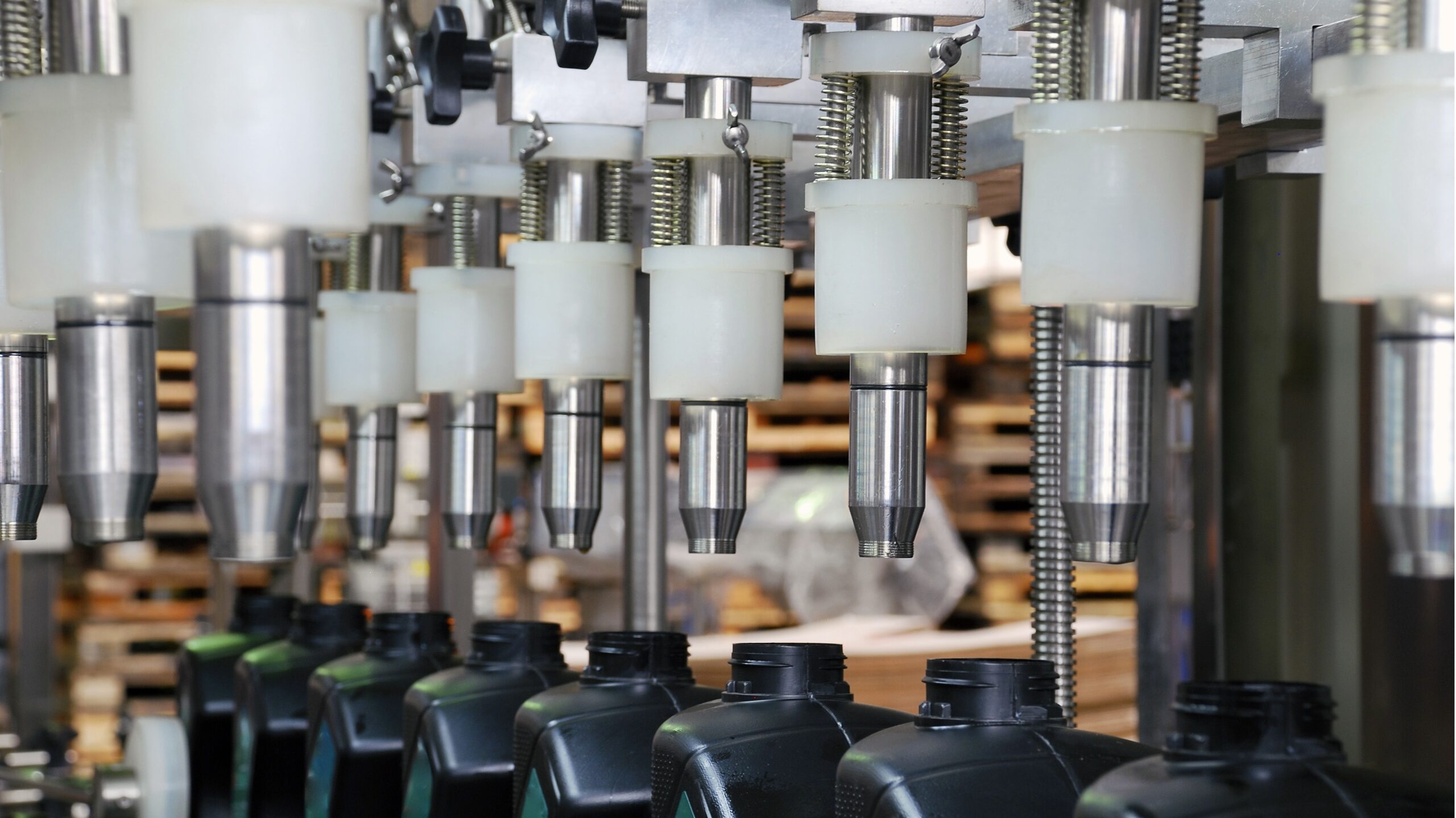
In lieu of our normal benchmarking round in 2021, comparing 2020 plant performance around the globe, our participants decided it made more sense to do a custom benchmarking of what could be learnt from the extraordinary circumstances of the pandemic. This comprised a quantitative part, looking at the usual metrics of cost, productivity, product/pack/raw material complexity, volume, HSE, losses, energy consumption, etc., supplemented by a qualitative section addressing the scale and the impact of the pandemic. This report is a summary of the qualitative findings around the globe, splitting into six areas: North America, South America, Europe, Middle East/Africa, China, and SE Asia (actually South and East Asia: the rest of Asia apart from China). We report the average response in each geography on 14 questions, which were answered on a scale from 1 “None”, 2 “Slightly”, 3 “Moderately”, 4 “Very”, 5 “Extremely”:
1. Did you face raw material supply disruptions in your country?
Raw material disruptions varied around the globe, being most extreme in China and least in Middle East/Africa and North America (both oil-producing areas).
2. To what extent was the raw material receipt impacted by border control?
Border controls on raw materials seem to have been a problem in Asia but not elsewhere.
3. To what extent was the dispatch of finished products impacted by border control? Has the government in your country provided support to the industry?
On the other hand, border controls were less of an issue on finished products, with the notable exception of Europe.
4. Has the government in your country provided support to the industry?
Government support, as we might expect, was most evident in China, followed by Middle East / Africa and the rest of Asia.
5. To what extent were operations impacted by lack of PPE availability?
Personal Protective Equipment availability was not a problem.
6. To what extent were the blending operations impacted by social distancing measures?
Blending operations are intrinsically socially distanced so such measures had little effect.
7. To what extent were the filling operations impacted by social distancing measures?
Filling operations are a bit more cooperative but again the social distancing measures were not much of a problem.
8. To what extent were the warehousing operations impacted by social distancing measures?
Again, warehousing work is mainly solo, so operations were not significantly affected by social distancing.
9. Has the move of a virtual communication mode made your company more efficient?
Alas for the Tech giants, a nearly uniform consensus that moving to virtual communications mode only had a “slight” to “moderate” effect on making the company more efficient. In open questions, though, “working from home” was often identified as one successful innovation emerging from the pandemic.
10. To what extent do you see the move to a virtual environment as a definitive change?
Again, only moderate agreement that the change will be permanent, though interestingly, the two areas seeing the biggest improvement in efficiency (MEA and China on question 9) are precisely the ones seeing it as least permanent.
11. To what extent are formulation produced in 2020 deemed to be flexible?
Everywhere saw some flexibility in formulation, the biggest impact in South America.
12. To what extent is the operational workforce cross trained?
The areas with the least flexibility in formulation (SE Asia and MEA) were also the areas with the least extent of flexible workforce, though everywhere answered around “moderate” on cross training. In open questions, interestingly, “increased workforce flexibility” was identified as a positive outcome of Covid.
13. Has the Covid-19 pandemic impulsed/ stopped the new product development efforts in your company?
Fortunately for the industry, Covid-19 has not stopped innovation anywhere.
14. Is your plant requiring more external central financing to face financial obligations in 2021?
The financial impact of the pandemic on lubricants manufacturers appears to have been quite variable, with the most significant negative impact being in China.
In response to open questions about what factors were most significant during the pandemic, the following other responses were common:
- Our existing emergency plans for hurricanes or flu pandemics helped us act quickly and decisively.
- Medical testing and cleaning were significant factors.
- Loss of people due to self-isolation, and difficulty hiring contractors, did have an impact.
Despite all the difficulties, though, we think the industry deserves a pat on the back.
Please click here to download the article as a PDF.
















